Seeing the light: The lasting legacy of Sir John Soane
For Sir John Soane, the tools of the trade included skylights, tinted glasses and mirrors, as much as classical motifs, bricks and mortar. Carla Passino retraces the life of the man who chased the poetry of architecture and left an extraordinary gift to the nation


Apollo gleams, bathed in golden light. The glow that sets him apart from the hieratic Egyptian gods, debauched Roman revellers and fragments of mosaics that encrust nearly every surface of the Sir John Soane’s Museum doesn’t come from his divine nature. Instead, it is testament to the Georgian architect’s genius. When he was given the statue in 1811 — a plaster cast of the Hellenistic Apollo Belvedere originally made for the Apollo of the Arts, Richard Boyle, 3rd Earl of Burlington — Soane not only knocked down part of his house’s wall to bring it in, but also fitted above it two skylights set with yellow and amber glass to suffuse the sculpture with golden light. Across the room from his resplendent god, he would later place his own bust, sculpted by Sir Francis Chantrey in the style of a mighty Roman emperor, modestly flanking it with smaller statuettes portraying Raphael and Michelangelo.
This display, in Soane’s Dome Room, marked the glittering triumph of a self-made man who had had an unlikely start in life. Born the fourth son of a Berkshire bricklayer, John Soan, he would have probably followed his father into the trade, but a lucky introduction to the assistant of architect George Dance changed his destiny. In 1768, Soane (who added a final letter to his surname to gentrify it) entered Dance’s household and office, later moving to Henry Holland’s. His skill and dogged determination did the rest. Having won a gold medal for the design of a bridge — a project he credited with saving his own life, as it forced him to miss a boat trip in which his friend James King drowned — he managed to secure a travelling scholarship to visit Italy, leaving on March, 18, 1778 (a date he would commemorate for the rest of his life).
As antiquary John Britton wrote in his short biography of the architect, Soane would impart the ‘results’ of his Italian studies to the public, not least with his work as architect of the Bank of England, a role he started in 1788 and would hold for 45 years. He reshaped and expanded the building, adding the Palladian Lothbury Court, Corinthian columns inspired by the Temple of Vesta in Tivoli and the Rotunda, which borrowed much from the Baths of ancient Rome, to imbue his design with classical serenity. Long since replaced by Herbert Baker’s matronly meringue — an act of architectural vandalism that Country Life, which deemed the Bank Soane’s masterpiece, vigorously deplored — his design made an impression on many visitors, including Alexander I, Czar of Russia, who was so taken with it in 1814 that he asked to meet Soane, and French architect Jacques Ignace Hittorff, who praised the ‘ingenious combinations which presided over the distribution of light’.
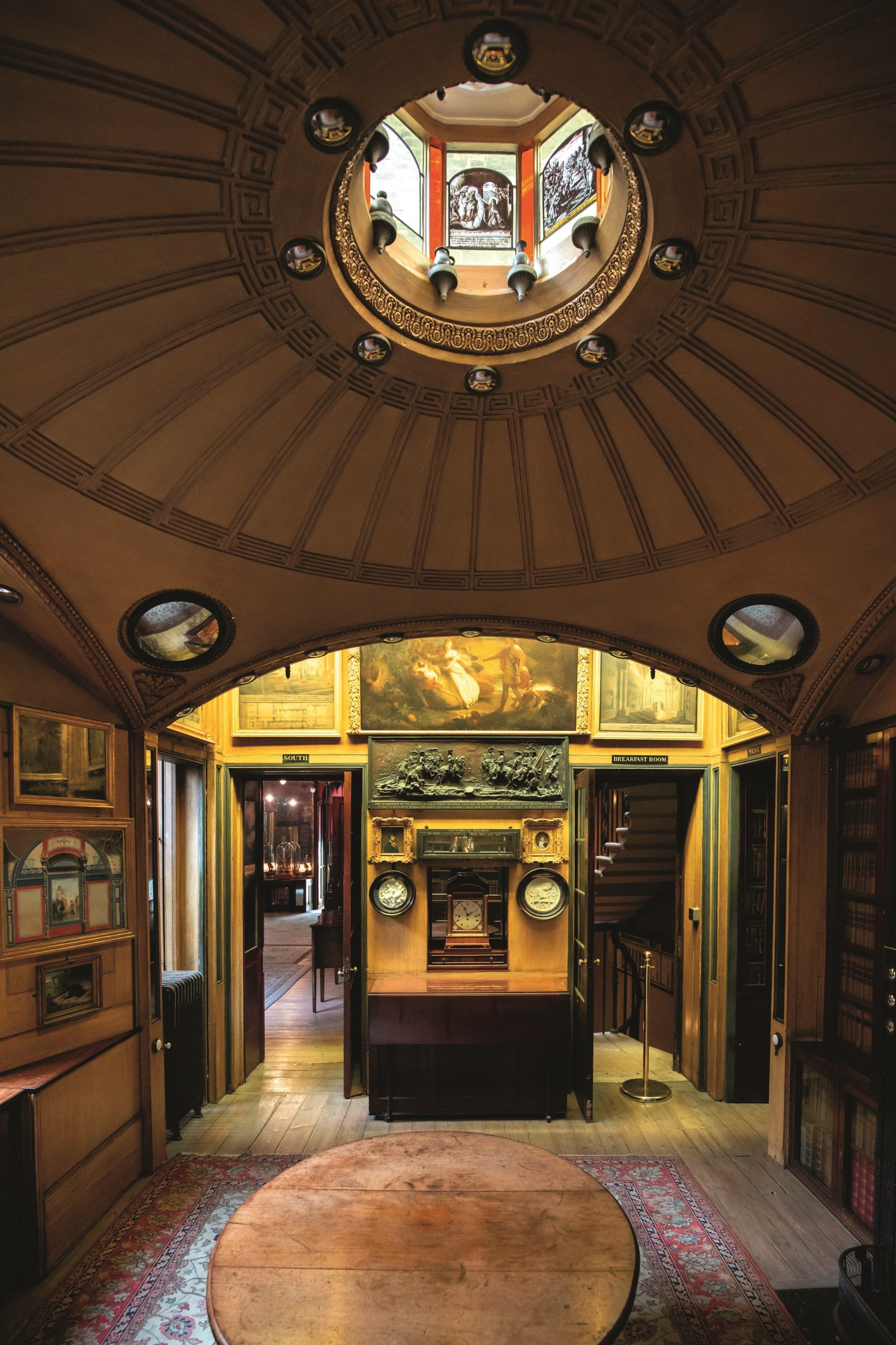
Hittorff could hardly have captured more clearly the essence of Soane: his mastery in using light as an architectural tool. It’s a skill he employed with particular finesse when he set out to create the perfect environment in which to enjoy art at the Dulwich Picture Gallery at the dawn of the 19th century. Because this was the world’s first purpose-built public art gallery, ‘there wasn't a blueprint,’ says director Jennifer Scott. ‘He came at it with such innovation.’ Soane devised a single-storey building with top lighting, placing roof lanterns above the enfilade. As light streams in, it washes over the paintings, creating a different atmosphere each time the sun shines or a cloud drifts across the sky. ’It gives a real sense of mystery and interest to the way that we then can look at art.’ Much as he did with his Apollo cast, Soane also employed coloured glass to create the right mood in the mausoleum at the centre of the gallery, the final resting place of its founders, Francis Bourgeois and Noël and Margaret Desenfans: ‘It creates a sense of otherworldliness, of meditation. It's so beautiful.’
It’s surprising, therefore, that the gallery met with a decidedly mixed reception at first. In recollections written after Soane’s death, architect Thomas Leverton Donaldson was especially ferocious, decrying the ‘embellishments, trivial and unmeaning’ and ‘the introduction of meretricious effects’, which in his view ‘lowered the character of the art’. It’s a criticism that Ms Scott rejects, pointing out that Soane’s top-lighting scheme was emulated in Nash’s Buckingham Palace and, in America, the Getty Museum in Los Angeles and the Kimbell Art Museum in Fort Worth, Texas. ‘You so often will have a building that is great in its own right and you’ll have an art gallery that has a really great way of showing paintings. To have a building that is unique, but also shows off paintings to the best effect—I think that comes because he cares, because he's a collector himself.’
Indeed, the same approach of combining architecture with light, colour and art emerges at 12–14 Lincoln’s Inn Fields, Soane’s central-London home. It’s there — and at Pitzhanger Manor, his country retreat in Ealing, which he renovated to suit his image of collector and successful architect of the Bank of England, but eventually sold in 1810 — that Soane experimented most liberally. He merged and remodelled the three townhouses at Lincoln’s Inn Fields across more than three decades from 1792, changing the spaces to suit his ever-expanding collection — about 40,000 pieces of antiquities, paintings, books, architectural models and sculptures — and playing with light to create different moods.
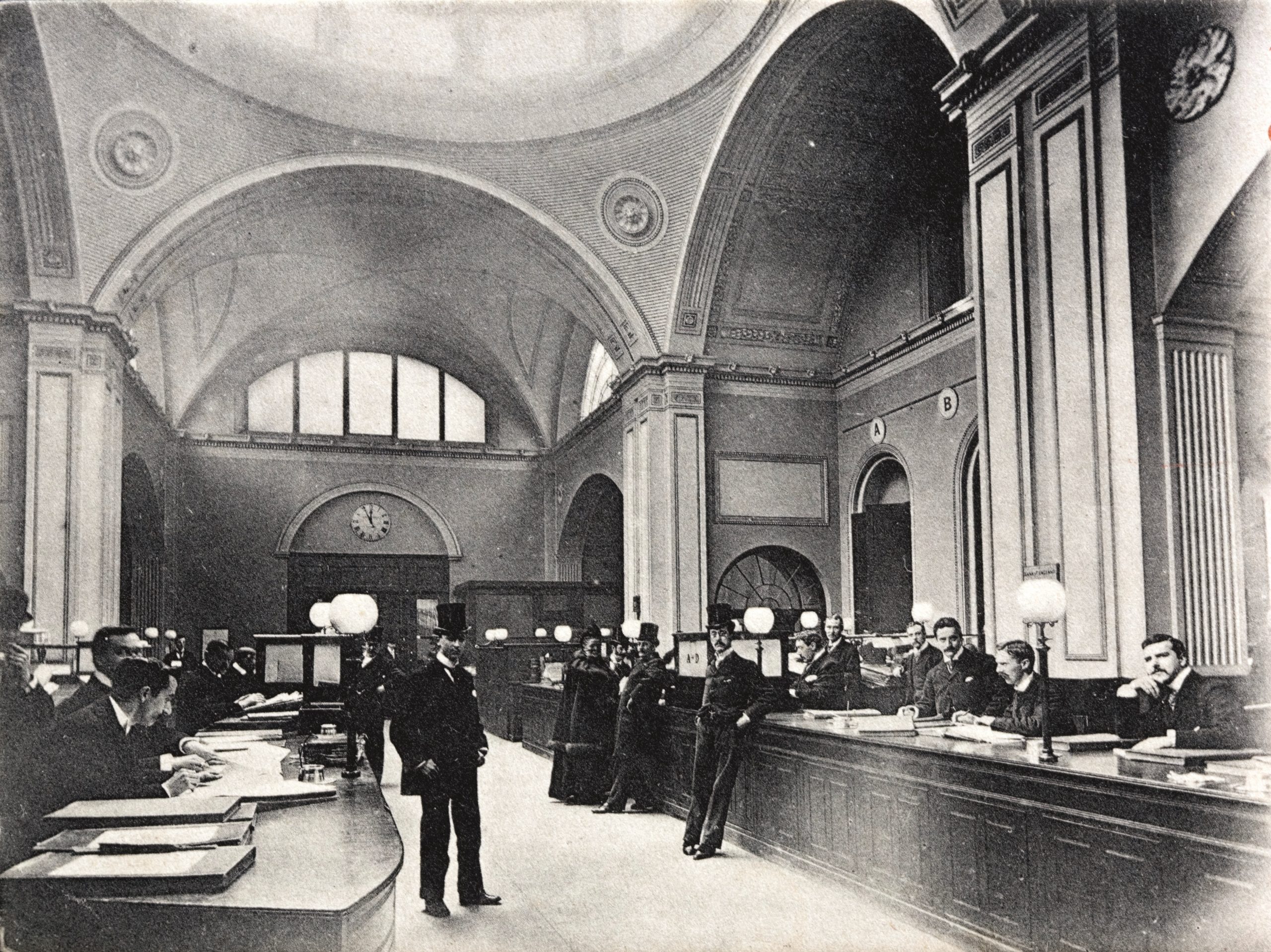
Nowhere is this more evident than in the basement’s Sepulchral Room, where the light dances on the hieroglyphs carved in the alabaster sarcophagus of Seti I, but leaves the recesses around it wrapped in shadows, like an architectural chiaroscuro; and in the Breakfast Room, where a shallow canopy topped by an octagonal lantern and two yellow-panelled skylights bathe the space with warm light, which is diffused by myriad mirrors. For Soane, ‘the views from this room… the Mirrors in the Ceiling, and the Looking Glasses… present an almost infinite succession of those fanciful effects which constitute the poetry of Architecture.’ That said, poetry at Lincoln Inn’s Fields went hand in hand with ingenuity—most notably in the relatively small Picture Room, where Canaletto’s views of Venice and Hogarth’s ‘The Rake’s Progress’ take pride of place: Soane managed to fit almost 120 paintings by covering the walls with hinged panels that open to reveal more artworks.
Exquisite houses, the beauty of Nature, and how to get the most from your life, straight to your inbox.
Determined to preserve his legacy and educate and inspire future architects — some of whom worked as articled pupils in his Drawing Office, which opened to the public earlier this year after a lengthy restoration — he bequeathed his house to the nation with an Act of Parliament in 1833. ‘The Soanean Museum…’ wrote Britton in 1834, ‘cannot fail of proving highly beneficial to the student in architecture… who can neither afford time nor money to travel and examine the ancient edifices of distant countries’ — in other words, people like the young Soane.
An extraordinary gift to Britain, the bequest nonetheless deepened the ongoing rift with Soane’s only surviving son, the playwright George Soane, who tried to stop it, although he had long been disowned by his father. In 1815, George, who had always had a stormy relationship with his parents, launched two anonymous, withering attacks against the older Soane from the pages of The Champion, denigrating the designs for Chelsea’s Royal Hospital, where the architect was clerk of the works. It was a painful blow and, shortly after the second piece was published, Soane’s wife, Elizabeth, died — of heartbreak, according to the architect, who renounced his son. The two never reconciled.

Some architectural historians believe that George’s stinging appraisal left a mark on his father — Ptolemy Dean, in his volume Sir John Soane and London, notes how Soane’s designs suddenly begin to ‘follow Wren’s proportion and style much more closely’. At home in Lincoln’s Inn Fields, however, the tragedy of his wife’s death and his son’s estrangement took a different shape: in 1815, Soane built himself a Monk’s Parlour and Yard in uncharacteristic Gothic style. Deliberately sombre and melancholic, but also steeped in a play of light and shadows, it was designed, in Soane’s own words, to ‘impress the spectator with reverence for the monk’, the fictitious Padre Giovanni. Who happened to be the alter ego of Soane himself.
At home in Soane’s London
Embankment Gardens, SW3
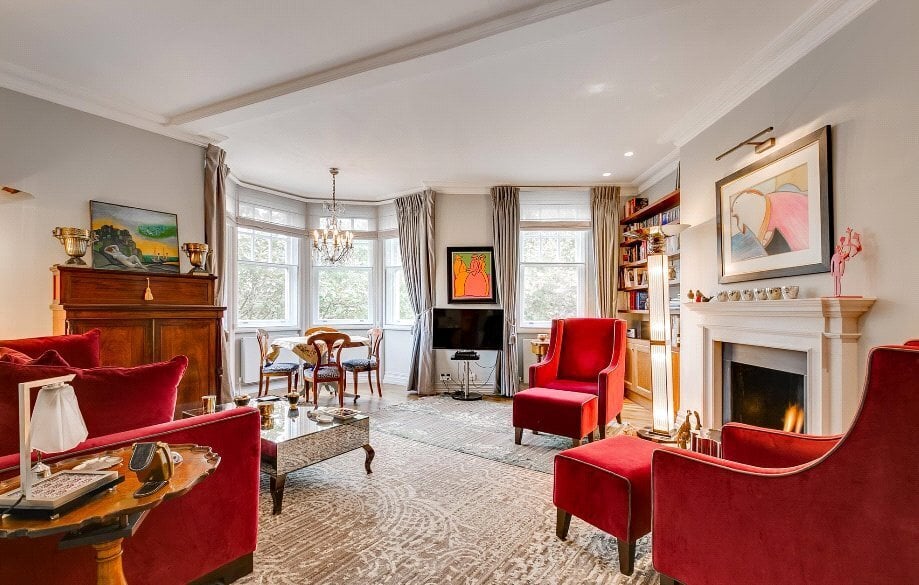
This 882sq ft, third-floor apartment takes in views of the Thames and Battersea Park to the front and the Royal Hospital gardens at the back. It has a large reception room with a bay window, a contemporary kitchen and two stylish bedrooms. £1.695 million, Harrods Estates (020–7225 6506; www.harrodsestates.com)
Embankment Gardens, SW3
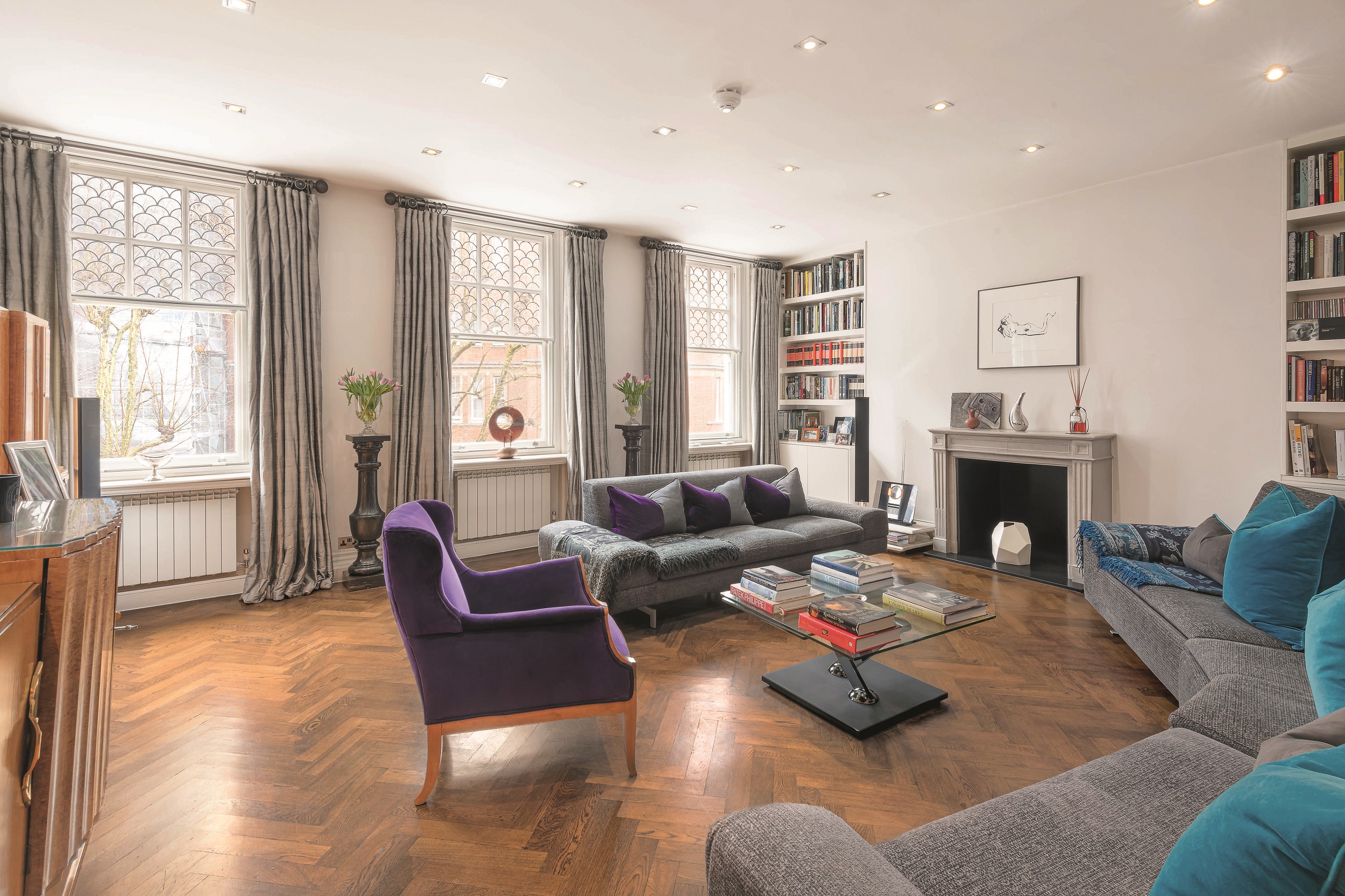
Also in Embankment Gardens, this 3,514sq ft apartment overlooks the Thames and the Royal Hospital. Spanning two floors, it has a vast reception room, separate dining room, kitchen, study and the main bedroom on the second floor, and another reception room and five bedrooms upstairs. £5.95 million, Savills (020–7730 0822; www.savills.co.uk)
Lower Sloane Street, SW1

You’ll enjoy views of the Royal Hospital and many other London landmarks from this three-bedroom, 2,250sq ft penthouse on the 7th, 8th and 9th floors of Wedderburn House — particularly from the spectacular top-floor reception room. £4.95 million, John D. Wood & Co (020–3369 4304; www.johndwood.co.uk)

The thatched roof renaissance
An industry under threat has once again caught the attention of modern architects, with young thatchers having the chance not
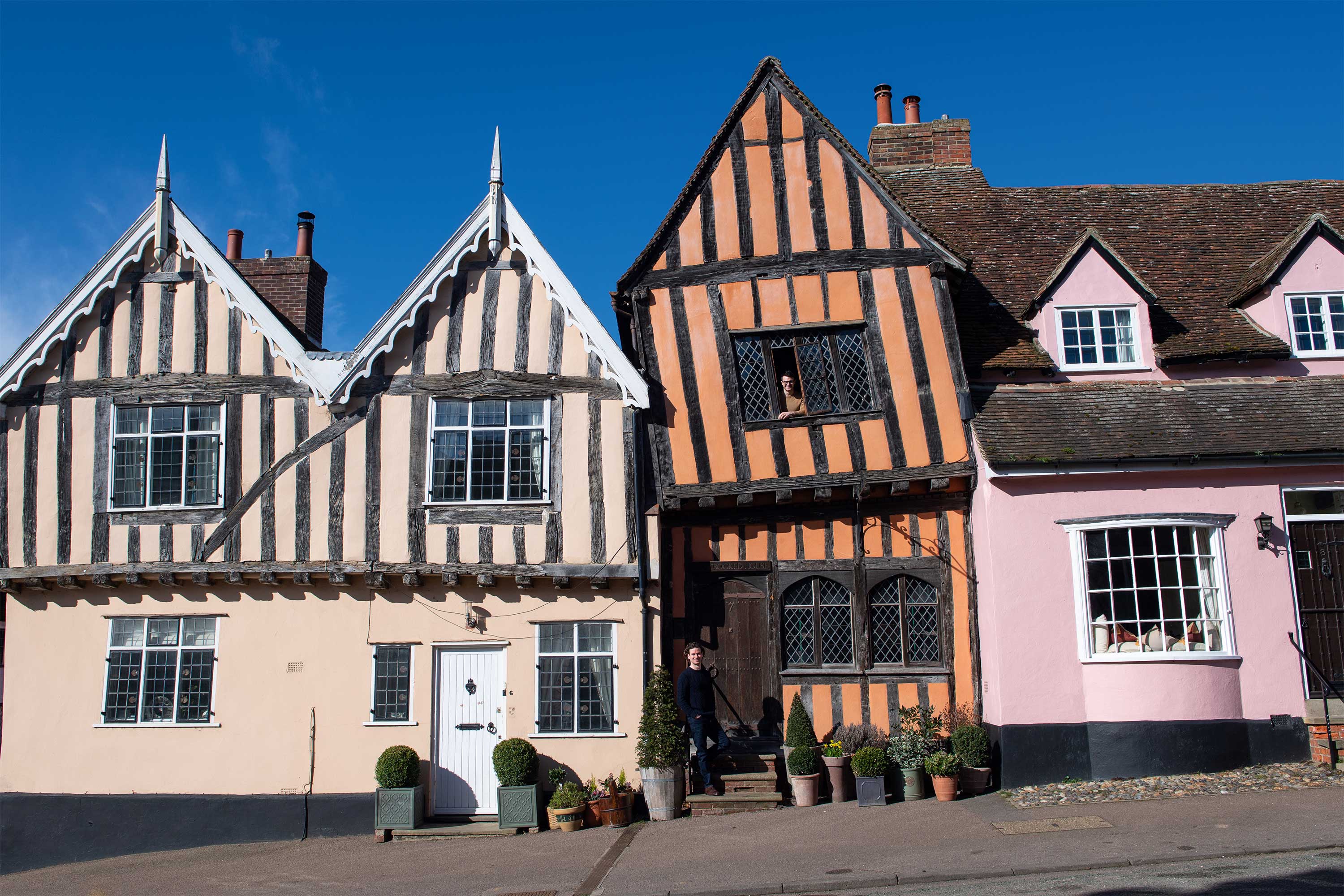
Britain's most eccentric crooked buildings, from the pub that looks tipsy to the church that leans more than the Tower of Pisa
Warped, twisted and wonderfully wonky, who can fail to be intrigued by the quirky glory of Britain’s medieval buildings? Rob

The secret to transforming an awkwardly shaped room
Cave Interiors turned the awkwardly shaped sitting room of an Edwardian house into a warm and welcoming space.
Carla must be the only Italian that finds the English weather more congenial than her native country’s sunshine. An antique herself, she became Country Life’s Arts & Antiques editor in 2023 having previously covered, as a freelance journalist, heritage, conservation, history and property stories, for which she won a couple of awards. Her musical taste has never evolved past Puccini and she spends most of her time immersed in any century before the 20th.
